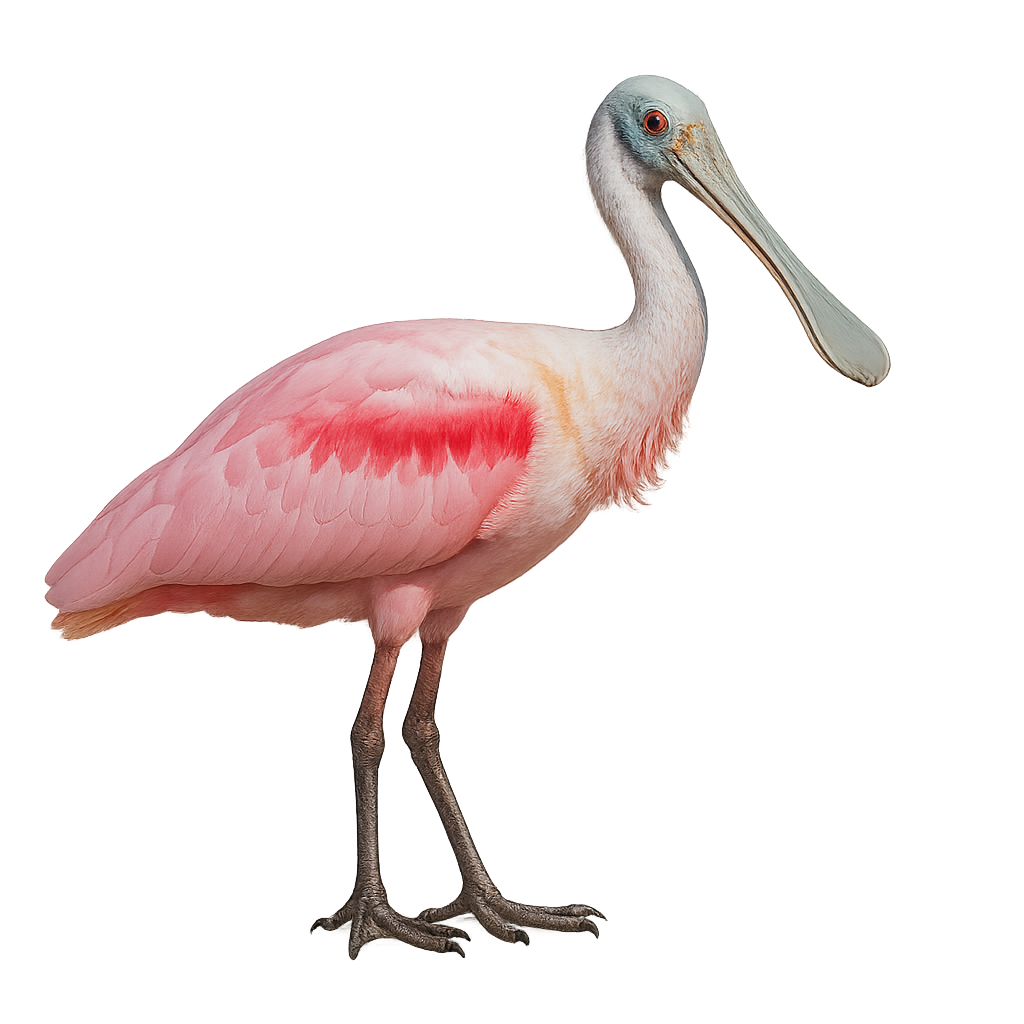Your wildlife photography guide.
Explore the roseate spoonbill in detail, study its behavior, prepare your shots.
Where to observe and photograph the roseate spoonbill in the wild
Learn where and when to spot the roseate spoonbill in the wild, how to identify the species based on distinctive features, and what natural environments it inhabits. The WildlifePhotographer app offers tailored photography tips that reflect the roseate spoonbill’s behavior, helping you capture better wildlife images. Explore the full species profile for key information including description, habitat, active periods, and approach techniques.
Roseate Spoonbill
Scientific name: Platalea ajaja

IUCN Status: Least Concern
Family: THRESKIORNITHIDAE
Group: Birds
Sensitivity to human approach: Not very shy
Minimum approach distance: 30 m
Courtship display: March to June
Incubation: 22-24 jours
Hatchings: April to July
Habitat:
Coastal marshes, mangroves, lagoons, estuaries
Activity period :
Primarily active during the day, with peak activity in the morning and late afternoon.
Identification and description:
The Roseate Spoonbill is a large wading bird with striking pink plumage, measuring between 71 and 86 cm in length and a wingspan of 120 to 135 cm. Its long, spatula-shaped bill is used to sweep shallow waters side to side in search of prey. Adults have a greenish bare head, white neck and back, and vivid pink wings with carmine highlights. Juveniles are paler, with a feathered head and lighter pink plumage. This species feeds primarily on small fish, crustaceans, and aquatic insects, captured by filtering mud in wetlands. It inhabits coastal marshes, mangroves, lagoons, and estuaries from the southern United States to South America. Although listed as Least Concern by the IUCN, the Roseate Spoonbill remains vulnerable to habitat degradation, particularly due to pollution and loss of wetlands.
Recommended lens:
300 mm – adjust based on distance, desired framing (portrait or habitat), and approach conditions.
Photography tips:
Use a telephoto lens to capture the Roseate Spoonbill feeding in shallow waters. Opt for early morning or late afternoon light to highlight the pink hues of its plumage. Remain discreet to avoid disturbing its natural behavior.
The WildlifePhotographer App is coming soon!
Be the first to explore the best nature spots, track rutting seasons, log your observations, and observe more wildlife.
Already 1 430 wildlife lovers subscribed worldwide

